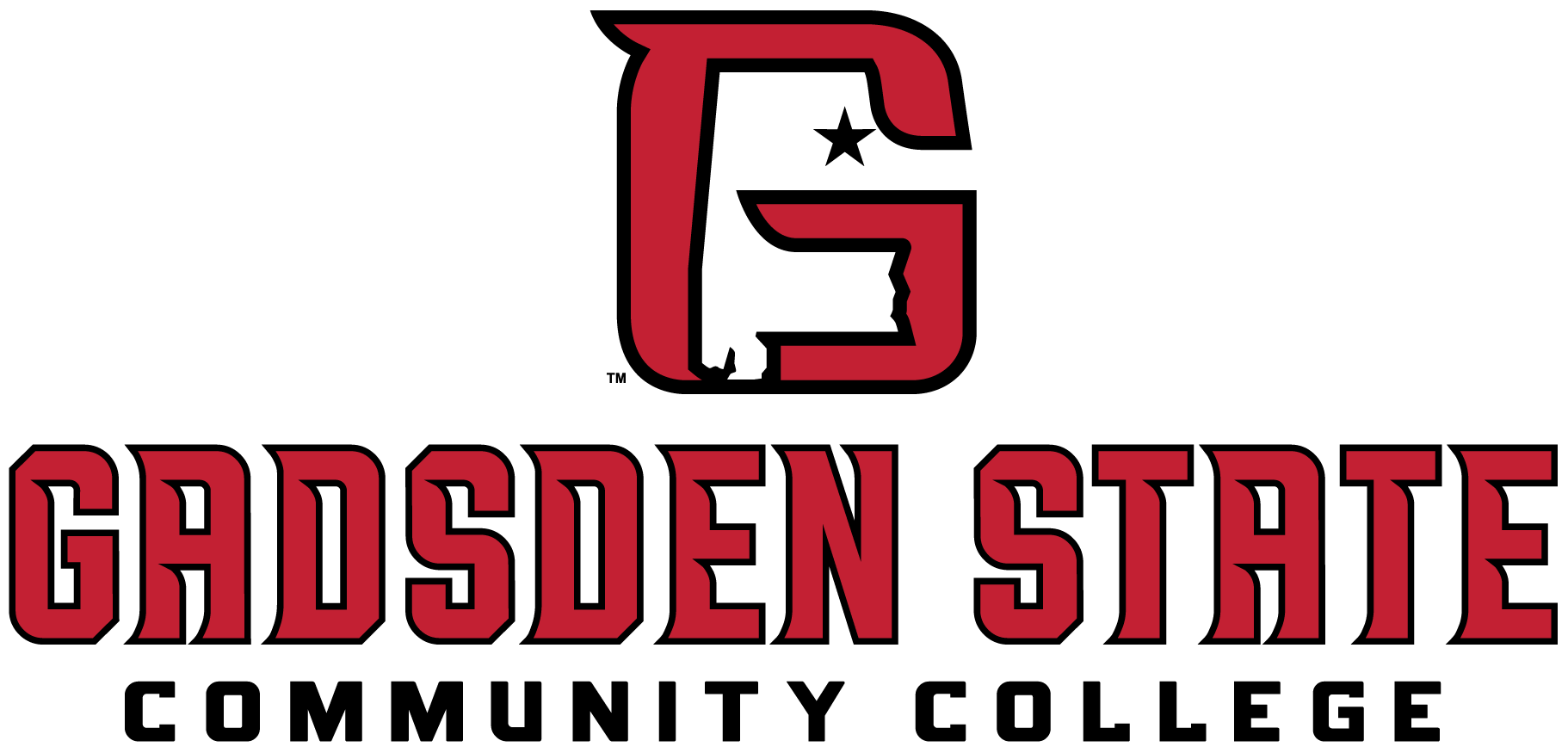| Date | Title |
|---|---|
| 6/26/2025 06/26/2025 |
Featured
Celebrate Gadsden State: 60 Years at Ayers Campus Marks Major Milestone in College’s Centennial YearThe event brought together students, alumni, retirees, community members, and local leaders to celebrate Ayers’ legacy |
| 7/3/2025 07/03/2025 |
Gadsden State Police and Public Safety Department Celebrates Two Years of Growth, Service and Community ImpactSince its formation, the department has made remarkable strides across the college’s five campuses and the three counties it proudly serves. |
| 7/3/2025 07/03/2025 |
Gadsden State Community College, Word Alive International Outreach, and 7 Springs Ministries Form Partnership for TransformationThis initiative is designed to empower individuals in recovery by providing them with the skills and resources necessary for successful reintegration into society and the workforce. |
| 7/1/2025 07/01/2025 |
Gadsden State hosts free STEM & career camp for local studentsGadsden State Community College welcomed middle school students to its Advanced Manufacturing Center for a three-day STEM & career camp |
| 6/27/2025 06/27/2025 |
Cardinal Foundation provides new evidence lockers to the Gadsden State Police DepartmentThe Gadsden State Community College Police Department is proud to announce the installation of new evidence lockers at its main administrative office on the Wallace Drive Campus. |
| 6/27/2025 06/27/2025 |
Cardinal athletes named to Spring 2025 ACCC Commissioner’s Academic Honor RollA multitude of Gadsden State Community College student-athletes and all eight athletic teams were honored |
| 6/11/2025 06/11/2025 |
Triplett named new tennis coach at Gadsden State Community CollegeTriplett played high school tennis at Guntersville High and continued at the collegiate level, competing for Gadsden State Community College and Huntingdon College. |
| 6/10/2025 06/10/2025 |
Gadsden State’s Cardinal Foundation recognizes outgoing officers, welcomes new officers and board membersDuring the most recent board meeting of the Gadsden State Cardinal Foundation, several board members were recognized for their service to the Board of Directors and new officers were recognized |
| 5/30/2025 05/30/2025 |
Gadsden community honors accomplished educator with “Dr. Kathy Murphy Day”Community members arrived at the Council Chambers at Gadsden City Hall to recognize the outstanding accomplishments of Dr. Kathy Murphy |
| 5/30/2025 05/30/2025 |
Gadsden State students named to Spring 2025 honors listsThe Spring Semester 2025 President’s List at Gadsden State Community College was released by President Kathy Murphy |
| 5/29/2025 05/29/2025 |
Cardinal Rise Summer Program Offers Free Job Skills Training for StudentsThis initiative empowers students to gain valuable, real-world skills in high-demand industries—completely free of charge. |
| 5/27/2025 05/27/2025 |
Gadsden State’s Cardinal Commit orientation program scheduled for June & JulyGadsden State Community College is hosting a series of summer orientations for new students beginning in June. |
| 5/23/2025 05/23/2025 |
Gadsden State Cardinals earn conference accoladesGadsden State Community College head baseball coach and an infielder earned the highest recognition from the Alabama Community College Conference |
| 5/22/2025 05/22/2025 |
Gadsden State wins three Excellence in Education AwardsThe Etowah Chamber of Commerce hosted its eighth annual Excellence in Education and Teachers of the Year Luncheon on May 8 |
| 5/21/2025 05/21/2025 |
City of Glencoe donates police vehicle to Gadsden State Community CollegeStudents in Collision Repair Program help restore Tahoe, saving thousands |
| 5/15/2025 05/15/2025 |
Gadsden State signs second CoMeT cohortGadsden State Community College hosted a signing event May 15 for the second cohort of students to be in the Consortium of Machining Education Training |
| 5/15/2025 05/15/2025 |
Alan Smith named interim president of Gadsden State Community CollegeGadsden State Community College proudly announces the appointment of Alan Smith as Interim President |
| 5/14/2025 05/14/2025 |
Gadsden State President Dr. Kathy Murphy accepts presidential role at Wallace Community CollegePresident Dr. Kathy Murphy has announced that she has accepted the position of president at Wallace Community College in Dothan, Alabama, effective June 1. |
| 5/14/2025 05/14/2025 |
Gadsden State announces Spring 2025 graduatesGadsden State Community College’s Spring Commencement Ceremony was held on May 13 at the Richard Lindsey Arena at Gadsden State Cherokee |
| 5/13/2025 05/13/2025 |
Simulation provides students with real-world training in emergency responseMore than 100 students from Nursing, Emergency Medical Services, Radiography and Medical Laboratory Technician programs participated in the tornado disaster simulation |
